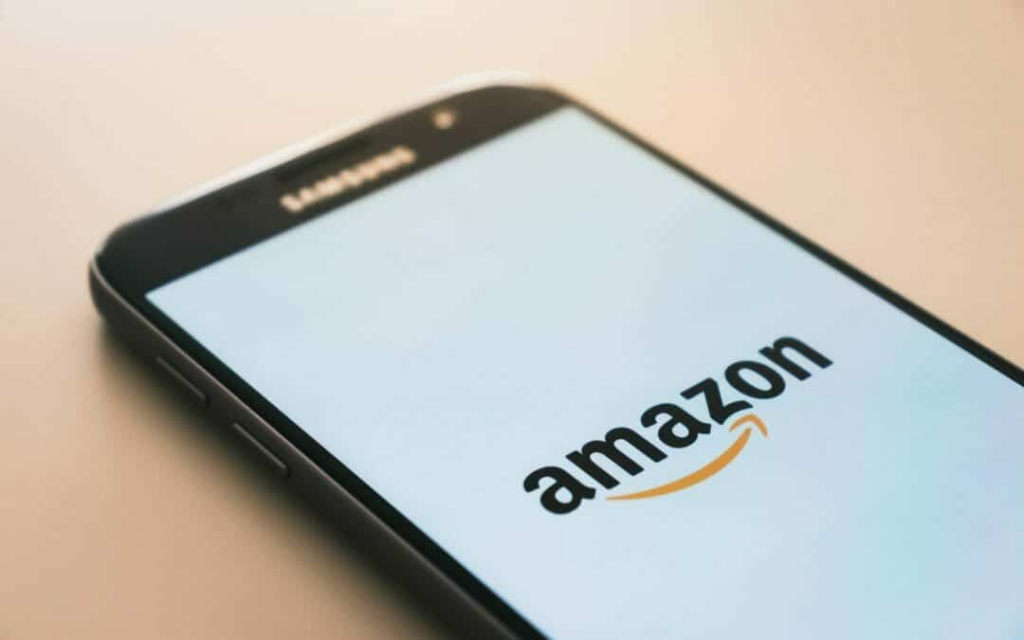
With all of the recent and sudden changes at Amazon Vendor Central, there is good news and a light at the end of the tunnel. Seller Central’s potential is enticing. Also, it may be the better option. In order to have a smooth transition, there are some crucial steps that ought to be taken.
Timing is everything when transitioning from Vendor to Seller Central. It won’t just matter what you do but also when you do it.
The first thing that needs to be done is to set up a fully operating Seller Central account.
Don’t make any changes on Vendor Central until you’ve completed this step.
Your Seller Central account needs to be ready to go because there will be several things that will require work on both the Vendor Central and Seller Central accounts. And more importantly, any momentum of sales and traffic lost during the transition will only have to be earned back afterward.
Here’s a list of things to take care of on Seller Central:
- Listings are created and organized on Seller Central using the same ASIN
- Necessary category approval to sell any restricted products
- Fulfillment process is able to fulfill orders through Seller Central
- Advertising campaigns are recreated in Seller Central
- Transfer the Brand Registry from Vendor to Seller Central. (Be sure to use the same email as you used on Vendor when connecting. If you don’t you will have a difficult time changing it later.)
- Check that you’re able to track inventory levels on Seller Central
List of items to be familiar with that are different than vendor central:
- FBA shipment process and rules
- Amazon fees associated with Seller Central
- Customer messages and seller feedback on Seller Central
- Seller Performance and Inventory Performance Index metrics
- Payments process of Seller Central.
- Competing for the Buy Box
Now that Seller Central is set up, it’s time to make the transition.
As soon as Seller Central is good to go it’s time to go into your Vendor Central catalog and mark all your ASINs as “Permanently Unavailable”. Be careful NOT to mark them as “discontinued” as this will trigger a series of unwanted actions from Amazon.
Purchase Orders:
Even after you mark your ASINs as “Permanently Unavailable,” you will still continue to receive purchase orders. You can decline these. Once you decline at least three purchase orders for an ASIN, it will be marked automatically by Amazon’s system with an exclusion. This exclusion tells their system to stop sending purchase orders. If you would like, you can take the time to contact Vendor Support and have them manually mark the exclusions.
Don’t worry about the poor metrics on Vendor Central that may come from declining purchase orders. This will not affect the ASINs overall sales velocity or your Seller Central account.
Eventually, after many moons of declining purchase orders, you will receive an email from Amazon stating that your Warehouse ID has been removed from their system. When this happens, you can pull out the champagne and celebrate your small victory over Vendor Central as you should not receive any more purchase orders. (Unless you have multiple warehouses connected with Vendor Central. If so, you will need to receive a separate email for each one.)
The Retail Team, Growth Team, and Vendor Management Team.
The Retail Team is responsible for the content and the product images for your listings when applicable. Every ASIN within Amazon’s catalog is always assigned to someone’s jurisdiction who decides what is shown on the detail page. Any ASIN that is sold through Vendor Central is under the Retail Team’s responsibility.
As you transition to Seller Central, you will have to transfer the jurisdiction of your ASINs from the Retail Team to your Seller Central account, otherwise, the ASINs will remain under their jurisdiction. This is done by calling into Seller Support through Seller Central and asking to speak with the Captive Team. This team can then put your ASINs on an internal Amazon list that requests the Retail Team to release their jurisdiction.
Until this is done the Retail Team will make changes to the detail pages of your listings even if there isn’t inventory sold on Vendor Central. In fact, even if you close down your Vendor Central account, they will still make changes to the listings and override any changes you attempt to make.
I’ve seen it take anywhere from a couple of weeks to a year to change this jurisdiction. If you are Brand Registered, then this will be a quicker process because the Brand Registered seller should always have jurisdiction over the detail page. Be sure to make this one of your top priorities or you’ll be fighting them for quite a while.
Vendor Central might call and ask for your manufacturing information.
The Growth and Vendor Teams are the teams that will attempt to keep you on Vendor.
On several occasions, I have seen the Growth Team call a company that is transitioning from Vendor Central and ask for their manufacturing information. You may not want to provide this information. They can sometimes look for a different company to sell to them or to white label your product under one of their many brands.
As well, be wary of your current inventory levels at Vendor Central. The Vendor Central inventory will always win the buy box over any seller. As you transition to Seller Central, coordinate when the Vendor Central inventory will sell out before you send in any FBA inventory. Vendor Central does not have to sell you back your inventory and 99% of the time they won’t.
I’ve seen Vendor Central hold onto single units of an ASIN and refuse to sell it in order to hold onto its jurisdiction while discussing with companies about returning to Vendor Central. It is unfortunate that it takes a company this serious of action in order to be heard by Amazon, but it is not uncommon.
Put forward the resources and assets needed to make it a success, and your investment will pay off dramatically.
You will have to be more hands-on with Seller Central than you were with Vendor Central. Instead of just fulfilling purchase orders, you will now be responsible for every area of your business on Amazon. This is both liberating and demanding.
The biggest mistake I see companies make on Amazon is that they don’t put enough resources towards their accounts to find success. Even though you may have a very successful business on other sales channels, it does not mean you will have an instant profit on Amazon. Put forward the resources and assets needed to make it a success and your investment will pay off dramatically. Being on Seller Central is a step in the right direction and gives you the ability to strategize, compete, and scale your business like never before.

About the Author: Kaleb Loftus is a Senior Amazon Strategist at Nozani. He has helped in scaling businesses, from small to enterprise, on Amazon. He enjoys spending his free time fly fishing the Wasatch Mountains.

If you’re one of the estimated 20%–40% of brands who fire their agency annually, you can’t focus on that vision if you have to keep searching for the right support. BBE proudly retained >95% of our clients last year while applying focused dedication to our brand partners. If you’re ready to start over for the last time, contact us and find out why leading brands have partnered with us for so long.

